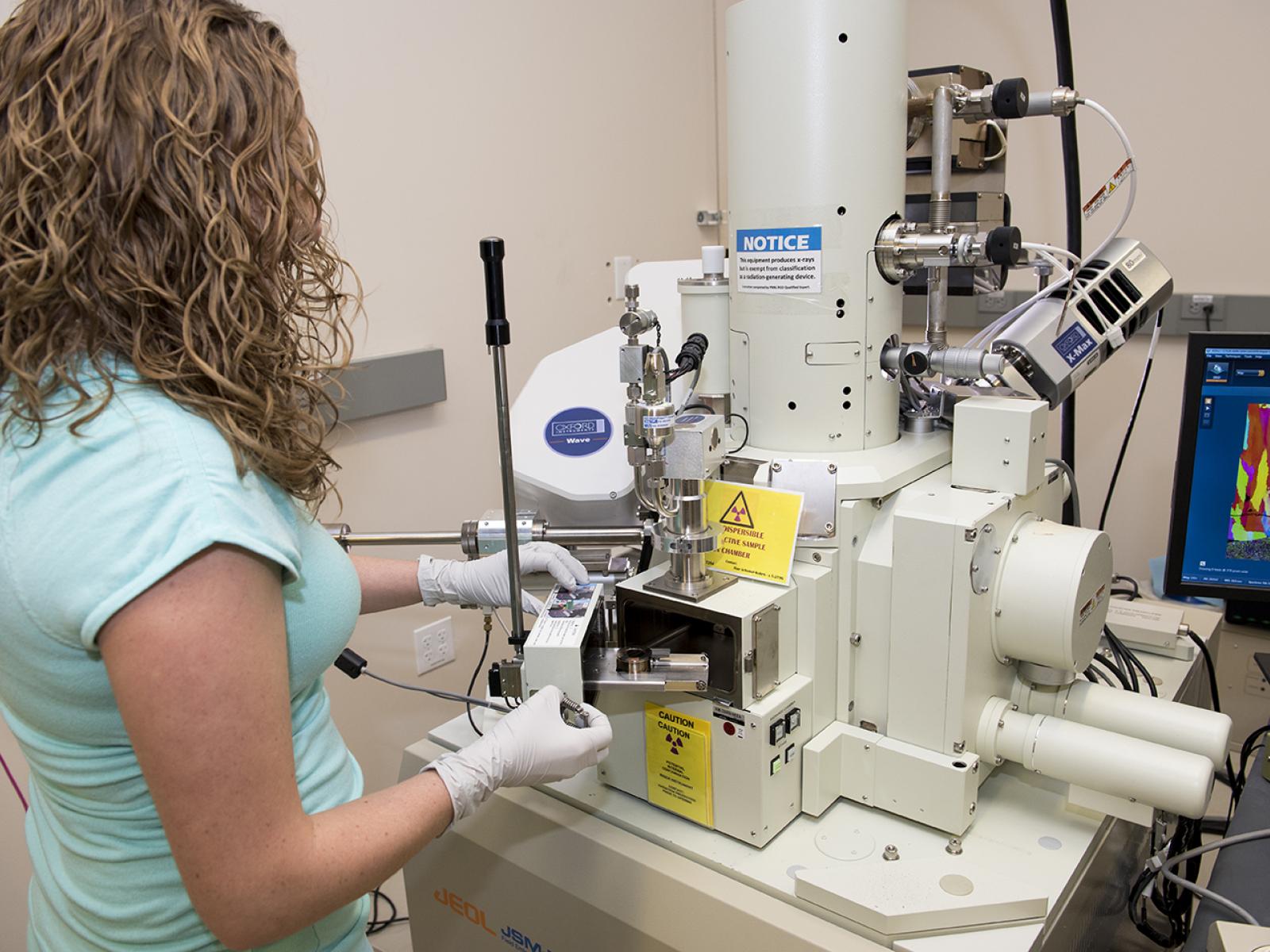Microscopes are accurate instruments that need routine maintenance on an annual basis. Professionally qualified service providers offer quality restoration, microscope prevention and service. In terms of efficiency and pace, services are unparalleled in the sector. Some services offer national programmes for both microscope makers and models.
Repairing a Microscope:
Cleaning and tuning of all modules as well as an analysis of each part should be part of a regular service call to guarantee the microscope’s maximum standard. If one variable is not correctly aligned or modified, the whole system’s operation is concerned. The below are two examples:
Issue With Ageing Grapes:
It tends to harden at a great age. Grate is required by a microscope to maintain both the rotating and fixed gears of the stage and focus unit. Sometimes, older grades will “stiffen” the phase and reduce the movement fluidity of the gears. It is vital that a technician knows not only that the gears are re-greased but that the ancient grate is removed and the microscope gears are new.
Condenser Problem:
In case a condenser is not appropriately aligned, you will note a broken image and more contrast than should occur, resulting in an enlarged image which is not correctly presented.
Microscopic form of electron
The vacuum is a significant feature of the electron microscopes. This ensures that the entire active portion of the microscope is in a pressure room, which requires a vacuum pump to remove, and that a new sample or a new performance maintenance is carried out at atmospheric pressure. There are plenty of principles for the vacuum operation of electron microscopes. One is that particles have a comparatively long medium free path to manage the electrons’ path. But the price of scanning electron microscopes may be too high that you have to take extra care of it.
Two kinds of electron microscopes that are currently classified:
- SEM – Scanning Electron Microscope
- Transmission electron microscope
All use an electron beam to test the specimen, but after this, the technology is somewhat different in knowing the uses of scanning electron microscopes.
Microscope Care for the Electron:
Electron microscopes are costly and sensitive instruments and are owned and operated by well-trained personnel in most situations. There are several recommendations to help minimise damage to the instruments for actual users of an electron microscope:
- Handle any items that are inserted with powderless, residueless gloves in the vacuum chamber. The vacuum system may be contaminated with some vacuum components with hands bound.
- Follow the established protocols carefully to pump the microscope down into the atmosphere. Observe all directives for whether the electron beam is opened into the specimen chamber carefully. The electron source is also the most sensitive aspect of the microscope.
- Don’t put samples wet, sticky, or otherwise spill vapours into the microscope.
Be highly vigilant when inside the chamber to transfer or switch samples. Watch what you do with a viewing device or a camera, if possible.
SEM and TEM Shared Variations:
Environmental Scanning Electron Microscope
A significant characteristic of electron microscopes is their vacuum use. This avoids analyses of materials that emit vapours or otherwise affect the vacuum. At ESEM, the specimen chamber is insulated as far as possible by plate with narrow openings into the electron beam from the major equipment of the microscope so that a much internal temperature in the specimen chamber can be preserved. One further benefit of this kind of SEM is the partly conductive gas in the specimen chamber, so metallic coatings on isolating samples are not needed.
SEM and TEM Cryogenic
Their failure to picture substances or particles trapped in liquids is another drawback of the microscopes. The first way to solve this constraint is by freezing samples to or below fluid nitrogen levels, division (with TEM), and cold mounting and retaining the low temp with special sample holders. This technique is used especially for the imaging of test materials and cellular components.
Electron Microscopy Scanning Transmission
In this TEM variant, a fine electron beam is requisitioned over the sample area rather than using a large electron beam to picture the analytical area in conjunction. In tandem with further advances in electron optics, the resolution of electron microscopes was improved significantly.
Proposals to Make sure you Have a Good Working Microscope:
- Although not in operation, protect your microscope with a covered dust to guard from contaminants and particles
- To keep your microscope clear, use the lens cleaner
- Immersion Oil contributes to maximising the amount of light that the image produces. Once measurements are complete, immersion oil should be washed from the lens and sliding surfaces. Oil is now dried on the lens surfaces and is very easy to clean.
- You will buy replacement bulbs on the website. Please contact the Service Department to explore options if you are uncertain which bulb you use for your microscope.
